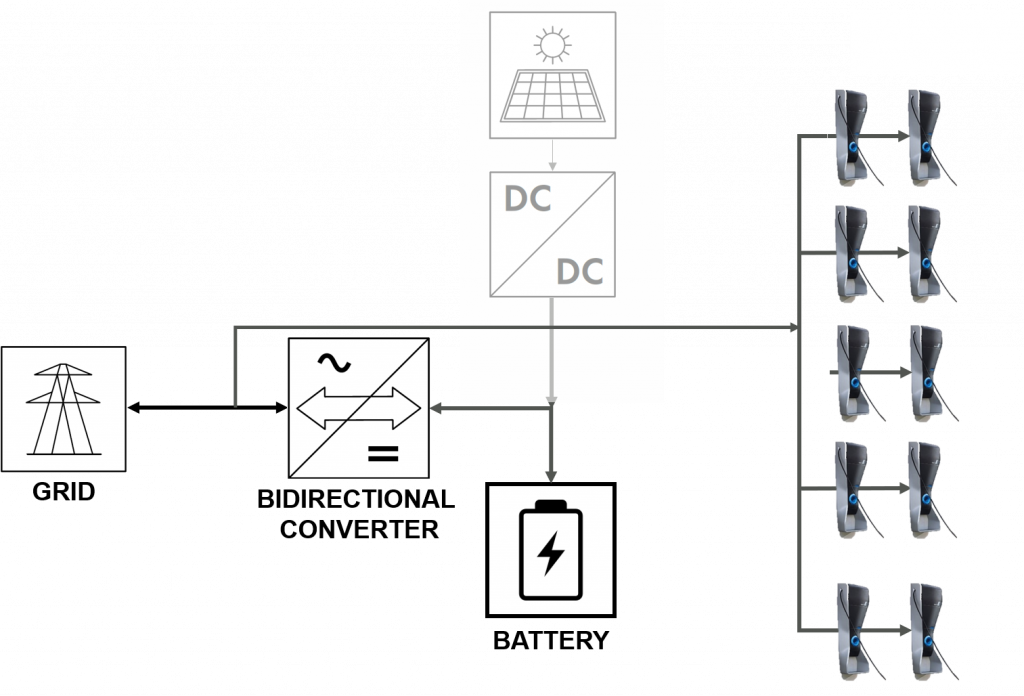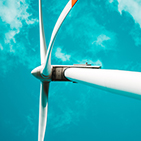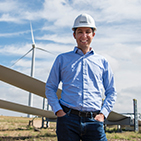News and Blog

Massive rollout of EV chargers have an impact on both the maximum incoming power capacity and the electricity bill. Introducing energy storage and smart interaction with the chargers, can limit this.
When a number of chargers for electrical vehicles are installed in parking lots/garages or office buildings, there are often challenges.
The increased peak power will often exceed what the grid connection to the building or location was designed for. In order to address this the feed to the building may have to be upgraded. In the simplest case, by changing the rating on the incoming fuse, but more commonly the incoming cabling or even upstream transformers have to be upgraded. This has a significant cost for the DSO, which they have to pass on to the consumers.
This maximum peak power will also have an impact on the demand charge for the building. This is a monthly charge which is based upon the highest average power over a short time period (typically 15-30 minutes). The demand charge can have a significant impact on the electricity bill.
In addition, charging of electrical vehicles have a tendency to happen at the time of day where the grid is heavily loaded, and the electricity price is high.

An energy storage system, communicating and interacting with the EV chargers in a smart way, can address all off the above issues.
With the ability to keep the peak power down, the grid investment may be avoided and the impact of demand charges will be limited.
The energy storage system will also make it possible to buy the power when it is cheap, during low peak hours, and use it in the evening when everyone returns from work.
Finally the energy storage provides an excellent way to also utilize any excess solar energy. Rather than selling this back to the grid for a low price (or no payment at all), it can be saved and utilized when the price is peaking.









